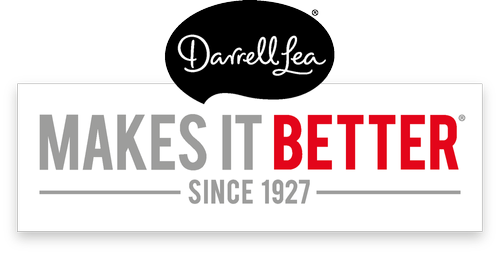If you still have a HELP or HECS Debt in Australia, and you now live in the United States (or anywhere abroad), it's worth knowing EXACTLY what the rules are and what you should be doing.
Steve Sanshwe has this fantastic advice:
Hey guys just spoke with the ATO, this is for anyone with Australian student loans (HECS/ HELP) living overseas wondering how to pay, and what the go is with the new rules.
- Setup an account at My.gov.au. You’ll need your tax file number, and a reference number from a recent return. If you don’t have one of these you’ll have to do an ID verification, at this point if you can’t get to one of the MyGov offices in Australia, give them a call and see if they can set you up.
- After linking your TFN, check your outstanding Tax returns and HECS/Help debt.
- If like me, you haven’t lodged a return in 5 years you can submit a notice for each tax return basically saying that you earned no taxable income for that year. This is found under Tax > income tax > lodge return > Not lodged. I had an ABN but no income recorded, so they had to manually remove my entries.
- From July 1st 2017, anyone living overseas will have to report their worldwide income. The ATO officer advised me they aren’t super clear as to what the form looks like for this. However you have to specify your gross income for the Australian Tax year (eg 1 July 2016 to 30 June 2017) converted to AUD. The ATO will specify an averaged conversion rate (approx 0.76). Note, you do not pay Tax in Australia since you pay tax in the states.
- Based on your income in AUD they use a % to calculate your repayment see (https://www.ato.gov.au/…/HELP,-TSL-and-SFSS-repayment-thre…/)
- Compulsory vs Voluntary repayments. So if you’ve made voluntary repayments throughout the year, it does not count towards your compulsory repayment. eg: if you made 110k, you made a voluntary payment of 10k, at the EOFY your compulsory repayment would still be 8% of 110k, so you’d still pay 8.8k. Best bet is just to wait until the EOFY, and after you’ve lodged a return.
- HECS debt is indexed, this ranges from about 1-2% per year
Hope this helps, good luck
And an addendum from Michael Lyndon-James:
Just to add to this, there was a separate discussion last week on this point – note my comments re:
- The ability to pay via credit card (caveats being that you will want to be content with the rate – for example, Amex gives a market conversion, there are no foreign transaction fees and you can, of course, pay it back without interest). Handy for points;
- Apparently there will be claimable deductions. The extent of the deductions would seem unclear at the moment. I think this will become clearer when the reporting function/form is released; and
- For those of you concerned with your ability to repay, you can lodge a notice of hardship. I'm not sure whether it would be possible to explain that there are inherent flaws in the system (no account for the high cost of living, often single income households, tax rates, an arbitrary currency conversion, fees associated with conversion etc) or not.














